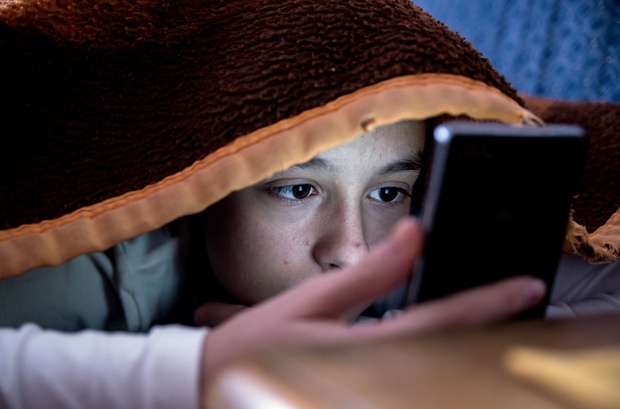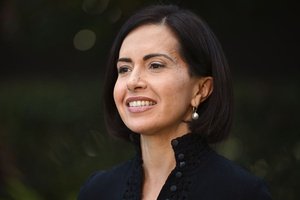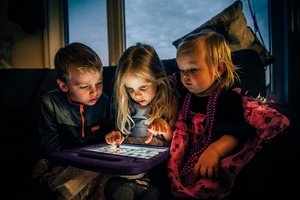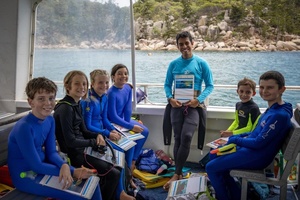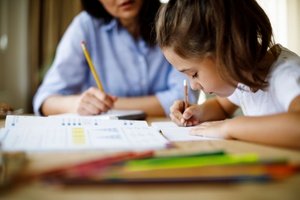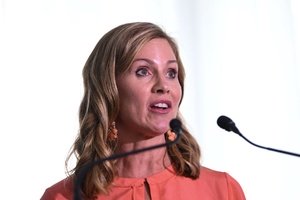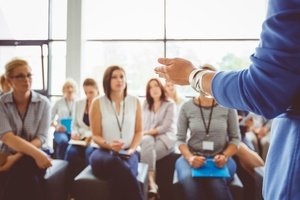That’s according to leading authority in sexual health education, Sexual Health Victoria (SHV), which says in an era where digital landscapes dominate the lives of young people, fostering knowledge, resilience and digital literacy stands as paramount, not abstinence-only education.
The Government $6.5 million so-called ‘porn passport’ pilot is fraught with numerous hurdles and doesn’t appear to allow for the fact that porn is accessed by many kids on social media.
The biggest problem, however, is probably just how adept young people are at finding ways to bypass any technical restrictions, particularly if they are motivated.
Samantha Read is Schools and Community Manager at SHV, and says at the core of addressing online sexual content education in the future lies the imperative to provide robust support for young people in navigating the intricate landscape of a sexualised online world, rather than simply disregarding its existence.
“We’re witnessing an unprecedented surge in online engagement, especially in accessing sensitive content like pornography,” Read says.
“Our approach must transcend mere restriction; it must educate.”
Read, who’s been a nurse for 30 years and has delivered relationships, sexuality, reproductive and sexual health education across New Zealand, the UK and Australia, says young people’s tech and internet skills, in most cases, are far superior to those of their carers, parents and teachers, and so while these accessibility measures are really important, they must not occur in a siloed approach.
She says research tells us young people, whether purposely or accidentally, are viewing explicit content online, and often that’s because they’re curious about the world around them.
“So if they are encountering harmful types of sexual content online, we need to teach them those critical skills early on, to be able to identify what is harmful, so they know what to do about it,” Read tells EducationHQ.
“There really needs to be a nuanced approach to addressing the complexities of this type of media that they’re encountering, because we know they’re going to access it.”
Data suggests the first exposure to online pornography for boys is around 13 years of age and for girls, around 14 years, so determining exactly when to begin education programs in this space is a delicate balancing act for schools and Relationship and Sexuality Education (RSE) providers.
Read says it’s vital that schools draw on expert educators in this area to complement their own programs. She likens it to teaching a child to ride a bike.
“We talk to them about how to navigate that safely, and wear a helmet and all those sorts of things – so why are we not addressing this type of education in the same way? It can be done in an age- and stage-appropriate way.”
Relationships and sexuality education starts with the protective behaviours framework, she explains, and must always include consent right from the start.
“That’s got absolutely nothing to do with sex,” Read says.
“That’s to do with bodily autonomy, knowing what’s happening to you, so you can describe it.
“If children and young people are taught all the time, ‘no, you must not see this, it’s going to harm you’, then they’ll be too scared to ask for help.”
It’s incredibly important, she says, for them not to feel shameful about something that they might have accidentally encountered.
“We need to give them the strength and the autonomy and the language to be able to ask for help when they’ve seen it – so they can say, ‘hey, Mum or Dad, I’ve actually seen something online that’s really concerning'.”
Read says parents and carers often say, ‘Well, what age should we talk about this stuff from a protective lens?’
“And I say, ‘Well, at what age have they got a phone in their hands?’ or ‘At what age do they have access to a device?’
“There’s no doubt that technology is playing a role in education in a way that it never has before. So we must teach young people to do that safely.”
Read acknowledges that teachers are under enormous strain, their workload is huge and they’re constantly dealing with a wide range of issues.
They need support, including really clear direction from the government about how this information can be taught within the curriculum.
Many teachers are also unsure or lack confidence teaching this area of education, or are simply too exhausted, and so organisations like SHV have developed flexible professional learning, online learning opportunities, free resources and more to make it easier to deliver RSE.
“We’ve explicitly developed content for parents and carers as well as teachers and young people – and we’ve taught that all together,” Read says.
“This education, if it’s centred around the child, has to include the schools and teachers, but also the parents and carers as well, so they can respond to questions at home and know what’s been taught at school.
“Respect and consent education must be a cornerstone of our educational framework. We must empower young people to make informed choices, both online and offline.”
SHV is an independent, not-for-profit, all-choice organisation dedicated to improving reproductive and sexual health and wellbeing for people in Victoria and beyond. For a host of teacher resources and information, click here.
For information on Curtin University’s excellent RSE Project, click here.

